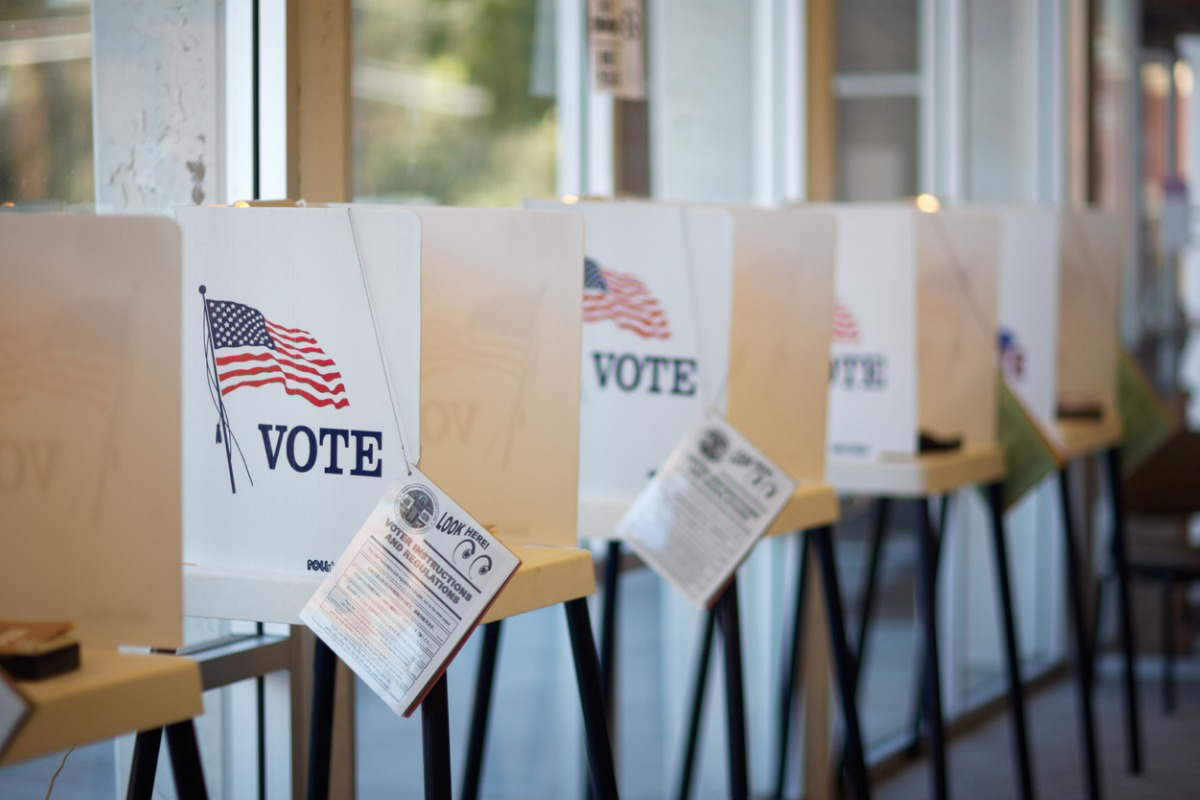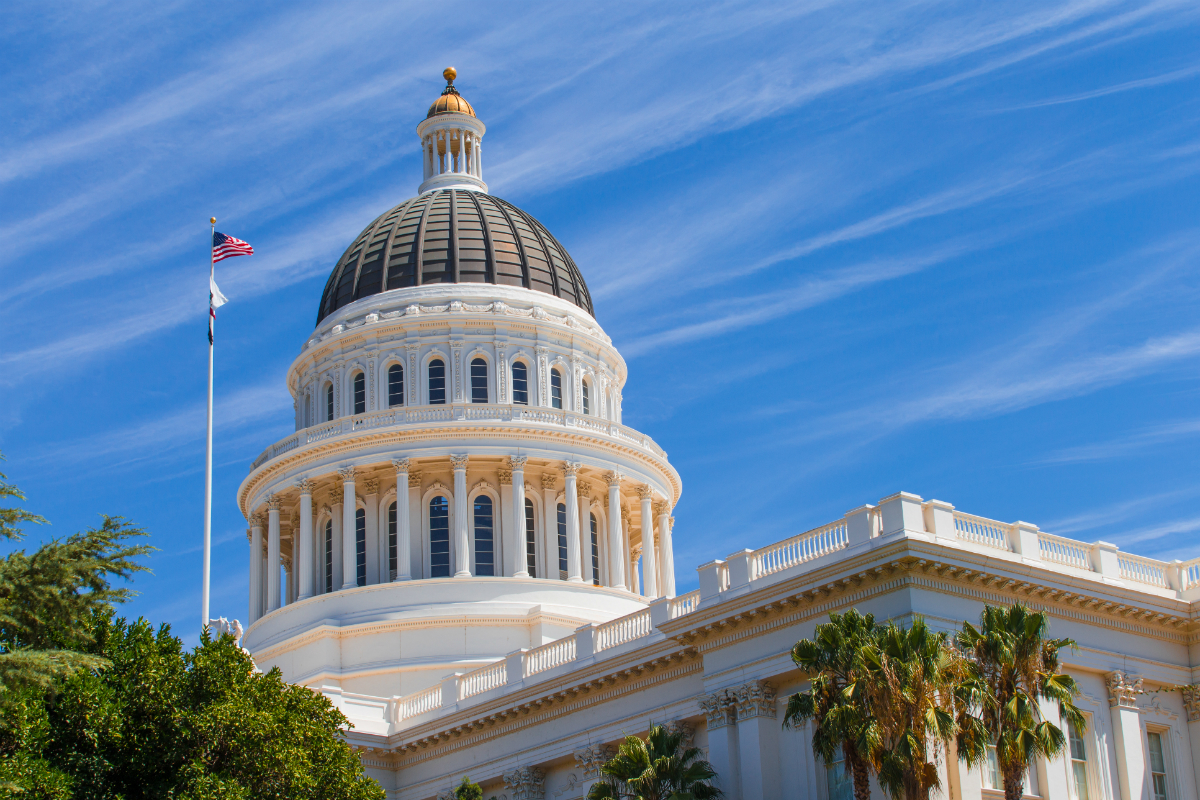Teenage voting hit a historic high in the 2018 midterm elections, with voter turnout rates for 18- and 19-year-olds reaching 22 percent. High School Voter Education Weeks, officially designated as Sept. 17–29 this year, presents another opportunity for school and district leaders to spread awareness of the importance of civic participation among students.
Much of the increase can be attributed to students rallying themselves and their peers. A pre-election poll conducted by the Center for Information & Research on Civic Learning and Engagement showed that by September of 2018, a large number of young people had already been reached out to by another young person about elections and political issues.
“There has been a considerable amount of peer-to-peer outreach and peer-to-peer organizing that has contributed to all of the youth engagement that we’re seeing,” said Abby Kiesa, director of impact at CIRCLE, based at the Jonathan M. Tisch College of Civic Life at Tufts University.
That shift in participation didn’t happen overnight, Kiesa said, noting that youth organizations on the ground have long been working to mobilize more young people. And despite the growing desire among young voters to have an impact, there is still work to do.
“There are a lot of young people who just don’t see access or opportunity for their voice to matter on the issues that they care about,” Kiesa said. “And so, there is a gap between young people who are interested, and young people who are taking action, and I do not think that that has even a majority to do with young people themselves.”
Barriers to voting and how to start addressing them
There are different barriers to voting that youth between the ages of 18 and 24 face, chief among them being a lack of knowledge.
Neither election nor education officials should presume that youth will know where to find basic or accurate information about when, where or how to vote, especially when it comes to local elections. Additionally, in a school setting, students of color or low socioeconomic status may have very inequitable access to the sorts of clubs, youth organizations and other extracurricular activities that can facilitate civic engagement.
“In order to really make access equitable, and to make participation more equitable, schools should integrate civic education, high-quality non-partisan teaching for elections and voting into their schoolwide culture,” Kiesa said. “Civic education is a learned behavior, and when a young person turns 18, there’s nothing automatic that happens. So we actively need to support systems and opportunities for young people to learn what it means to be civically engaged, or to have space to be civically engaged, and learn how to navigate the voting election system.”
In addition to providing preregistration for 16- and 17-year-olds on campus as many districts have started to do, Kiesa said it’s important that students receive comprehensive civics learning opportunities and constant messaging that their participation matters, as well as how to participate.
For districts, this means taking an active approach. Rather than simply sending an email to kids calling on them to register, for instance, district leaders should ensure all eligible students are provided with concrete information and opportunities to register at all school sites. Officials should also support or establish new opportunities for any student to participate in district governance, and provide resources and guidance for teachers to best engage students in conversations about elections and voting.
“Facilitating conversations about current issues is not easy regardless of what your student population looks like,” Kiesa explained. “It’s important that districts and schools create a climate where student voices are involved, tap into existing community resources for help, and make sure that teachers know that there are opportunities to get professional development or support in doing some of this work.”
Find opportunities for professional learning
There are a lot of different ways to go about ensuring students are exposed to civics education outside of those blocs of time dedicated to government and civics courses. For example, in math classes for older students, lessons on stats or analytics can be taught using local, state or national voting data.
At the University of California, Riverside, educators can learn about how to best promote informed and equitable voting among students. Through a course designed in partnership by CIRCLE and UC Riverside’s Civic Engagement Research Group, K-12 teachers can explore trends in youth voting, inequalities in turnout and misconceptions about youth engagement, as well as what strategies are most effective at informing voters about issues on the ballot, among other topics.
Kiesa said the course allows participants to look at the standards that drive their work and their school, and to look at the connections that can be made to elections, voting and democracy, regardless of what subject matter they’re focused on.
Ultimately, she said giving children a well-rounded civics education can be done with a wide variety of resources and time, and students need that knowledge regardless of the path districts take to provide it.
“Sometimes in civic education, we see that the high-quality practices are not always distributed equitably, (but this) is not something that only schools with a significant amount of resources can do,” Kiesa said. “We need and want a diverse range of schools to be doing this work so that we have a representative and diverse electorate.”




